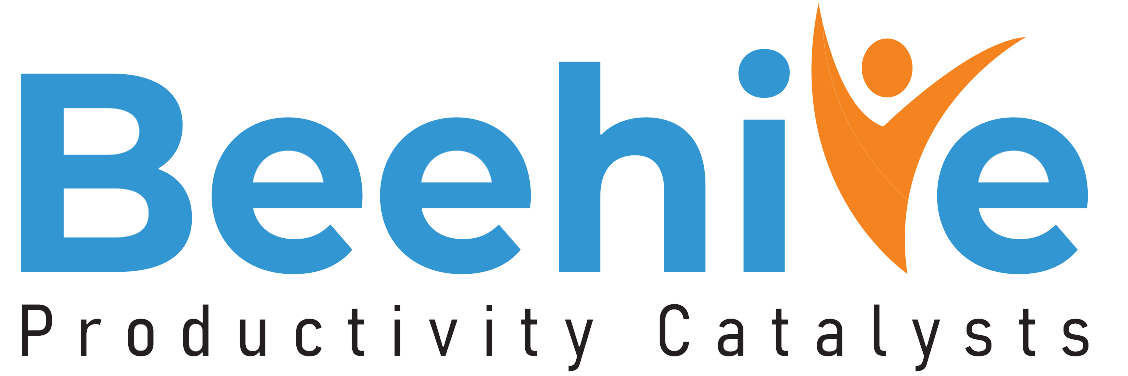The handling of employee grievances must be part of your daily routine as an HR professional. When employees feel dissatisfied with their job or management, their grievances may be genuine or illusory.
Keeping good records and handling workplace grievances and employee complaints takes time. There are many reasons an employee may grieve, whether it’s their role, the workplace, or even another employee.
Defining employee grievances
A grievance is a feeling that arises when your employees are dissatisfied with what they expect and what they receive. Perhaps there is a valid reason behind it, but it needs to be addressed with caution. To understand employees’ grievances, HR must spend considerable time talking to them.
Personnel management can be challenging when it comes to identifying employees’ grievances. In this job, you will be able to benefit from specific strategies. Below is a list of 7 ways to deal with workplace grievances to ensure that your employee receives a fair hearing and outcome.
Seven key actions to handle employee grievances most effectively
1. Review the grievance procedure
You must set up a grievance redressal system to resolve employee complaints and grievances to help them lodge their complaints. All employees should have easy access to the grievance procedure in the employee handbook. A formal, written grievance procedure is required by law for every company.
Accordingly, this explains:
- In case of an issue, who to contact
- An explanation of what a grievance procedure involves
- Each stage’s response time
2. Recognize the grievance
While handling employee grievances, you would benefit from listening more than talking. Provide a listening ear to your employees when they complain about an issue.
Your employees need to know that their complaints are acknowledged, but you don’t have to resolve them immediately. Send your employees a message informing them that you have received their report and intend to take action.
3. Choosing the right chairperson
You need to decide who to hold the grievance chairperson position if you need to file a formal grievance. Considering the seriousness or complexity of the grievance, you must choose someone appropriate and suitable for the position.
There will generally be a senior individual appointed, ideally, someone with the necessary training and an understanding of the complex issues involved, in most cases, the employee’s line manager. However, appointing a more senior individual is usually more appropriate in particularly complex cases, such as discrimination or whistleblowing complaints.
4. Grievance investigation
Let all parties know when the investigation will be completed and how long it will take. Don’t forget to include informal discussions here as well. Other staff members may also need to explain their viewpoints (while remaining objective) if the dispute involves them.
5. Formally convene the meeting
There should be a formal hearing for all parties involved, including the employee with a grievance and all other stakeholders involved. There is no limit to the evidence an employee may present to support their complaint or justify why the problem must be fixed.
- Everyone must attend.
- It is permissible for employees to bring a colleague or union representative to the meeting.
- You should ask how the issue should be resolved, how you can assist, and what outcome they hope for.
- Under the timeframe established, formally record these and send them to all parties.
6. Decide what to do and inform the employee
Your decision will be made after the meeting. If the grievance is upheld fully or partially, you may decide to uphold it or reject it. You must identify the action you will take if you uphold it or parts of it. It is important to communicate your decision to the employee in writing. You must tell them why you are making this decision, what actions you will take, and what they should take.
7. Appeal
7. Appeal
It is best to have someone who has never been involved with the case hear any appeal. Their position should ideally be higher than the chair of the grievance meeting, and where possible, they should be outside their direct reporting line. A grievance meeting and an appeal meeting are subject to the same rights for employees.
Bottom line
Maintaining adequate records, having enough experience, and treating everyone fairly when implementing a grievance procedure are essential. Occasionally, however, the process described above may need to be modified due to exceptional circumstances. If any revisions are necessary or appropriate, the Human Resources Department reserves the right to make the necessary adjustments.





